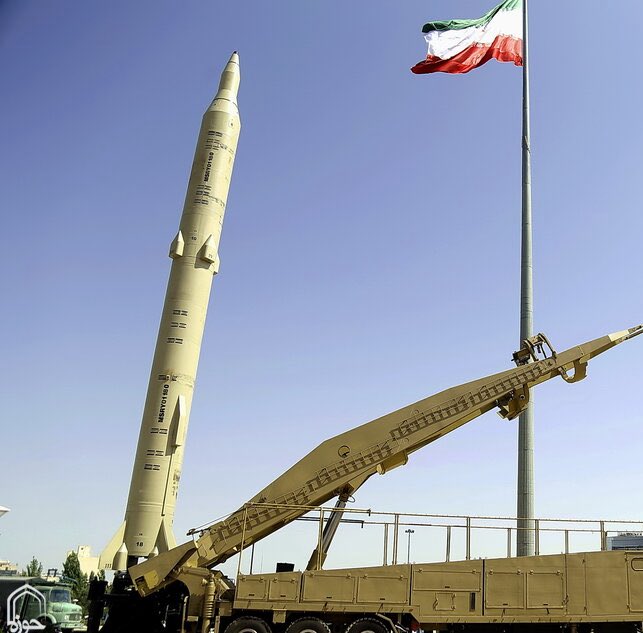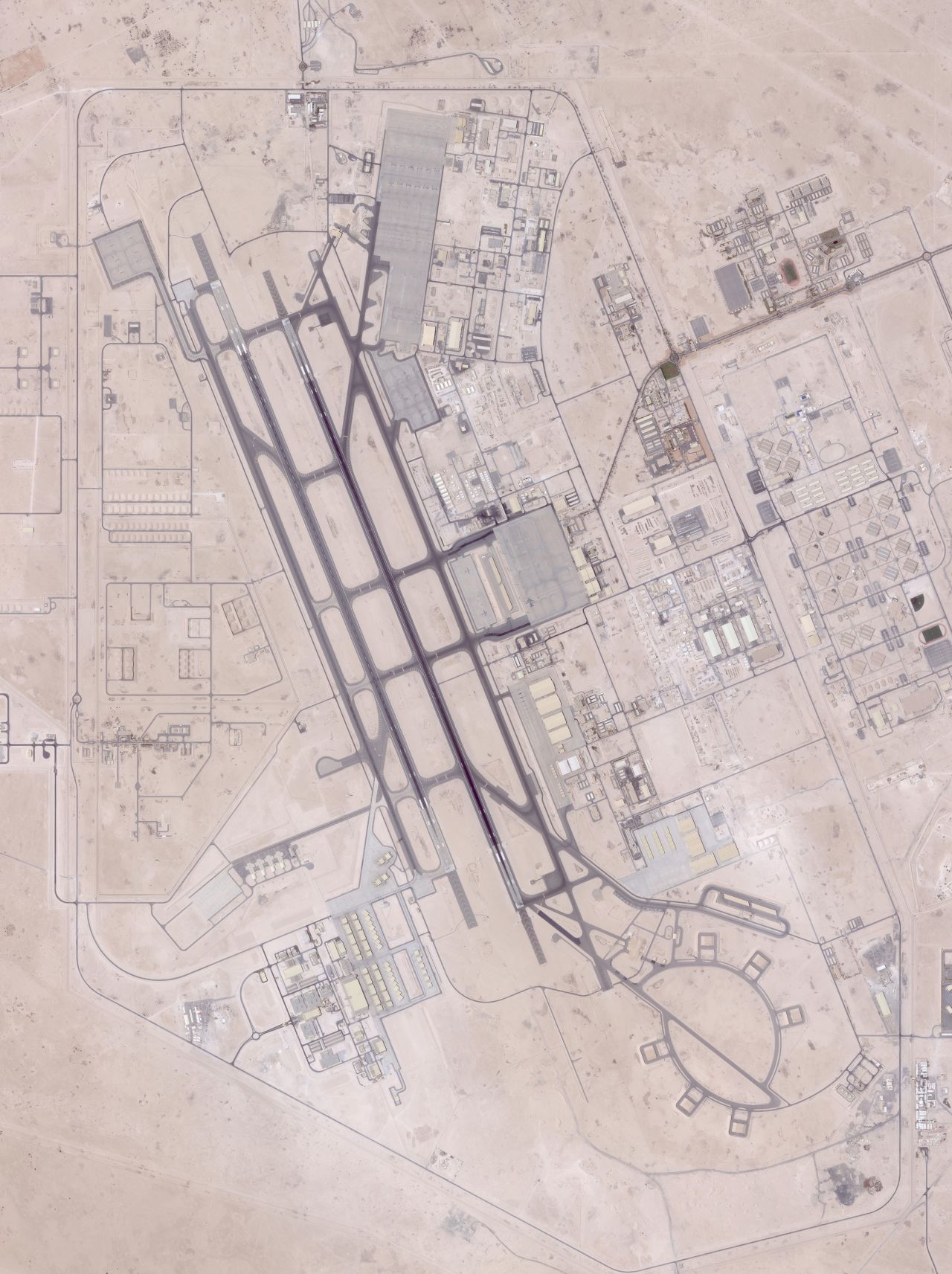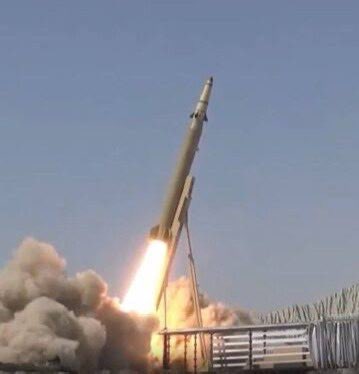Iran Strikes U.S. Air Base in Qatar in Direct Retaliation for Attacks on Nuclear Facilities
Multiple eyewitnesses in the Qatari capital, Doha, reported hearing thunderous explosions overhead, with social media videos capturing air defence systems attempting to intercept inbound threats—flashes lighting up the night sky above civilian areas.
(DEFENCE SECURITY ASIA) — In a dramatic and dangerous escalation in the already volatile Middle East, Iran has launched a barrage of ballistic missiles targeting Al Udeid Air Base in Qatar, the largest American military installation in the region, in direct retaliation for recent U.S. airstrikes against Iranian nuclear infrastructure.
Multiple eyewitnesses in the Qatari capital, Doha, reported hearing thunderous explosions overhead, with social media videos capturing air defence systems attempting to intercept inbound threats—flashes lighting up the night sky above civilian areas.
The missile strike, confirmed by Iranian state media and later acknowledged by Iran’s Islamic Revolutionary Guard Corps (IRGC), signals a new and more volatile phase in the triangular confrontation between Iran, the United States, and Israel that has sent geopolitical shockwaves across the region.
According to Tehran, the missile barrage was a precise and proportional response to American strikes over the weekend targeting key elements of its nuclear program, including enrichment facilities.
In an official statement, the IRGC declared: “The Islamic Republic of Iran, relying on Almighty God and the faithful, proud people of Iran, will never leave any aggression against its territorial integrity, sovereignty, or national security unanswered.”
Iran’s Supreme National Security Council stated that the number of missiles fired at Al Udeid matched the number of bombs dropped by U.S. aircraft on Iranian nuclear sites, framing the attack as a calculated show of parity.
Al Udeid Air Base, located southwest of Doha, is home to approximately 8,000 American personnel and serves as the forward headquarters for U.S. Central Command’s air operations across the Middle East.

British military personnel are also known to rotate through the facility as part of multinational operations.
While the Qatari government confirmed that the missile strike caused no deaths or injuries—citing an earlier evacuation of the base—the extent of material damage remains uncertain.
Qatar’s Defence Ministry also claimed that its air defences had successfully intercepted multiple incoming threats.
The U.S. Department of Defense has yet to release a full assessment, though early indicators suggest that Iranian missiles may not have reached their intended targets.
A senior White House official told CNN that the Trump administration had anticipated Iranian retaliation, especially in light of past precedents such as Tehran’s response to the assassination of IRGC commander Qasem Soleimani in 2020.
“We knew they’d retaliate. They had a similar response after Soleimani,” the official said, noting that the president remains wary of deepening U.S. military entanglement in the region, but is prepared to escalate if necessary.
President Trump was scheduled to meet with senior national security officials hours after the attack to determine Washington’s next move.

A satellite image dated June 19 appears to show an almost empty Al Udeid tarmac, suggesting the U.S. had moved aircraft from the base in advance—potentially foreseeing Iran’s retaliatory intent.
Two U.S. defence officials confirmed to CNN that combat aircraft had been repositioned to alternate locations as part of broader force protection measures linked to the worsening conflict between Iran and Israel.
In a parallel precautionary move, all forward-deployed U.S. Navy vessels had also departed Naval Support Activity Bahrain last week.
The current location of these naval and air assets remains classified.
In Doha, residents were caught off-guard.
A father of two described scenes of panic as loud explosions rattled the capital with no prior warning from local authorities.
“Our kids were totally taken by surprise and didn’t know what to do when we scrambled them to shelter,” he said.

“There appear to be a lot of outgoing fire and intercepts.”
Qatar’s apparent failure to activate civilian alert systems in time has raised concerns about the country’s preparedness in the event of a broader regional conflict.
Iran’s messaging surrounding the strike was unequivocal: U.S. military installations in the region are not symbols of power but “vulnerabilities,” according to the IRGC.
That framing reflects Iran’s evolving doctrine of deterrence, emphasizing symmetry and reciprocal force projection against high-value American military targets.
This latest episode also demonstrates the growing reach and precision of Iran’s missile arsenal, which has become a cornerstone of its asymmetric military strategy in recent years.
Al Udeid—widely considered a hardened, high-security U.S. asset—now joins the list of regional bases vulnerable to Iranian retaliation.
The missile launch comes amid spiraling tensions following coordinated U.S. and Israeli strikes against Iran’s nuclear facilities over the weekend, which Tehran has characterized as acts of aggression against its sovereignty and right to peaceful nuclear development.
Strategic analysts warn that with Iran now demonstrating its willingness to strike U.S. assets outside its immediate neighborhood, the potential for regional miscalculation or accidental escalation has dramatically increased.


